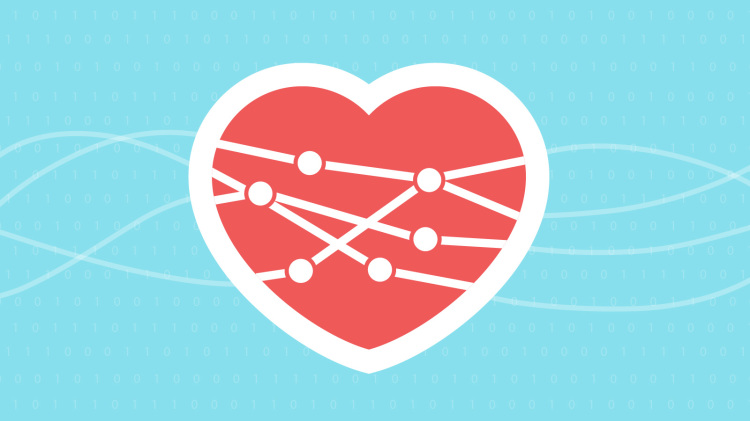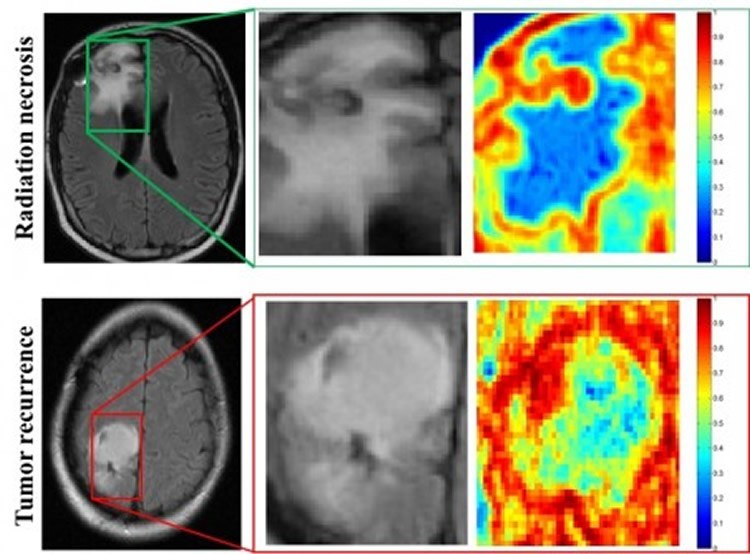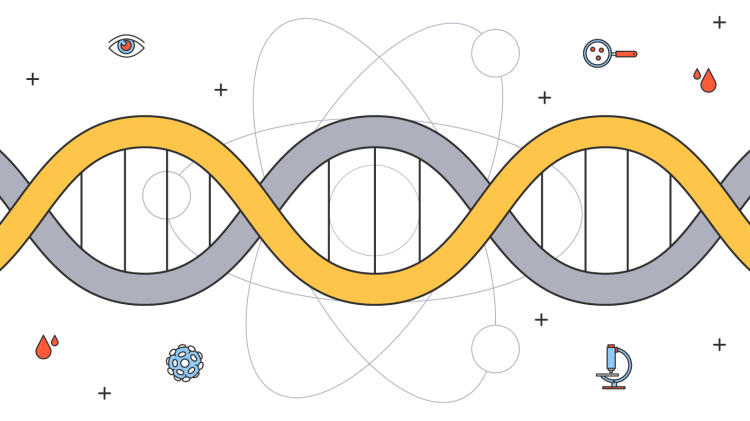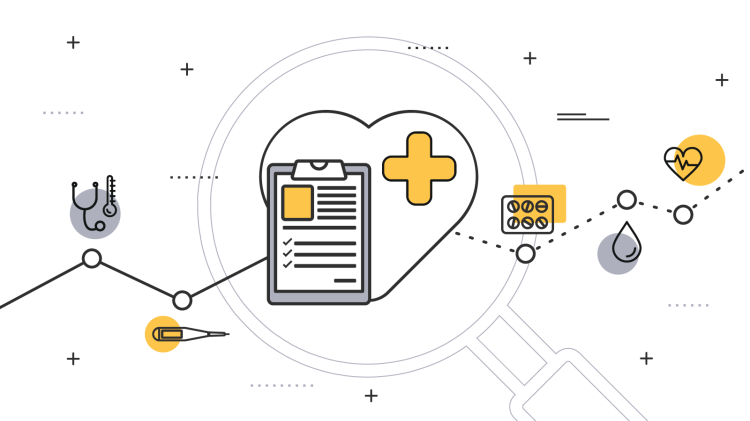
MMS • RSS
Article originally posted on Data Science Central. Visit Data Science Central
 Medicine and healthcare is a revolutionary and promising industry for implementing the data science solutions. Data analytics is moving the medical science to a whole new level, from computerizing medical records to drug discovery and genetic disease exploration. And this is just the beginning.
Medicine and healthcare is a revolutionary and promising industry for implementing the data science solutions. Data analytics is moving the medical science to a whole new level, from computerizing medical records to drug discovery and genetic disease exploration. And this is just the beginning.
Healthcare and data science are often linked through finances as the industry attempts to reduce its expenses with the help of large amounts of data. Data science and medicine are rapidly developing, and it is important that they advance together.
The following article discusses the use cases of data science with the highest impact and the most significant potential for future development in medicine and healthcare.
Medical image analysis
The healthcare sector receives great benefits from the data science application in medical imaging. There is a lot of research in this area, and one of the major studies is Big Data Analytics in Healthcare, published in BioMed Research International. According to the study, popular imaging techniques include magnetic resonance imaging (MRI), X-ray, computed tomography, mammography, and so on. Numerous methods are used to tackle the difference in modality, resolution, and dimension of these images. Many more are being developed to improve the image quality, extract data from images more efficiently, and provide the most accurate interpretation. The deep-learning based algorithms increase the diagnostic accuracy by learning from the previous examples and then suggest better treatment solutions.
The most popular image-processing techniques focus on enhancement, segmentation, and denoising that allows deep analysis of organ anatomy, and detection of diverse disease conditions.
Image source: Neuroscience News
The most promising applications aim to detect tumors, artery stenosis, organ delineation, etc. Different methods and frameworks contribute to medical imaging in various aspects. Hadoop, a popular analytical framework, employs MapReduce to find the optimal parameters for tasks like lung texture classification. It applies machine learning methods, support vector machines (SVM), content-based medical image indexing, and wavelet analysis for solid texture classification.
Other examples include iDASH (integrating data for analysis, anonymization, and sharing) used for biomedical computing, HAMSTER/MPI GraphLabfor processing large images, and more.
Genetics and Genomics
The research in genetics and genomics enables an advanced level of treatment personalization. The goal is to understand the impact of the DNA on our health and find individual biological connections between genetics, diseases, and drug response. Data science techniques allow integration of different kinds of data with genomic data in the disease research, which provides a deeper understanding of genetic issues in reactions to particular drugs and diseases. Let us review the most popular techniques and frameworks.
MapReduce allows reading genetic sequences mapping and shortens the time for efficient data processing. SQL contributes to retrieving genomic data, BAM file manipulations, and computation. The Deep Genomics made a remarkable impact on predicting the molecular effects of genetic variation essential to DNA interpretation. Their database has enabled the scientists to understand how genetic variations can impact a genetic code.
Despite the significant progress in developing the DNA sequencing technologies in the recent years, a lotis still left to explore, and the perspectives look encouraging. Many challenges remain due to the continuous interactions between genes and the external variables. As soon as we acquire a reliable personal genome data, we will achieve a deeper understanding of the human DNA. The advanced genetic risk prediction will be a major step towards more individual care.
Creation of drugs
The drug discovery process is highly complicated and involves many disciplines. The greatest ideas are often bounded by billions of testing, huge financial and time expenditure. On average, it takes twelve years to get a drug officially submitted. The data science and machine learning algorithms simplify and shorten this process, adding a perspective to each step from the initial screening of drug compounds to the prediction of success rate based on the biological factors. Such algorithms can forecast how the compound will act in the body using advanced mathematical modeling and simulations instead of the “lab experiments”. The idea behind the computational drug discovery is to create computer model simulations as a biologically relevant network simplifying the prediction of future outcomes with high accuracy. It allows choosing, which experiments should be done and incorporates all the new information in a continuous learning loop. Analogous techniques are used to predict the side effects of some particular chemical combinations.
The computational drug discovery also improves the collection and application of different types of historical data during the drug development process. Combining the genetic research with the drug-protein binding databases can bring remarkable results. Moreover, it allows testing of chemical compounds against every possible combination of different cell type, genetic mutation, and other conditions. Using this data, unsupervised learning, and technologies like next-generation sequencing, enables scientists to build models that predict the outcome from a diversity of independent variables.
Virtual assistance for patients and customer support
Optimization of the clinical process builds upon the concept that for many cases it is not actually necessary for patients to visit doctors in person. Using a mobile application can give a more effective solution by “bringing the doctor to the patient” instead. The AI-powered mobile apps can provide basic healthcare support, usually as chatbots. You simply describe your symptoms, or ask questions, and then receive key information about your medical condition derived from a wide network linking symptoms to causes. Apps can remind you to take your medicine on time, and if necessary, assign an appointment with a doctor. This approach promotes a healthy lifestyle by encouraging patients to make healthy decisions, saves their time on waiting in line for an appointment, and allows doctors to focus on more critical cases.
The machine learning algorithms use natural language processing and generation to provide correct information, create a complex map of the user’s condition, and provide a personalized experience. The most popular applications nowadays are Your.MD, Babylon Health, Ada, and so on.
This way, the most appropriate customer support is created which obviously cannot fully rely on the machines in healthcare. So, the main task for machine learning is to find the perfect balance between doctors and computers. The key is to automate simple routines, like we have just explained, and give professionals the ability to concentrate on more complicated problems.
Predictive medicine: prognosis and diagnostic accuracy
The data science predictive analytics methods learn from historical data and make accurate predictions about the outcomes. They process the patient data, make sense of clinical notes, find the correlations, associations of symptoms, familiar antecedents, habits, diseases, and then make predictions. The impacts of certain biomedical factors such as genome structure or clinical variables are taken into the account to predict the evolution of certain diseases. Common cases include the prognosis of disease progress or prevention to reduce the risk and the negative outcomes. The main benefit is the improvement of the quality of life for patients and the quality of working conditions for doctors.
Managing customer data
In the data management area, machine learning allows the creation of comprehensive registers of medical data, where all the paperwork will be transferred to a much more promising digital form. The whole medical history of a person will be stored in one system. Techniques like the support vector machines and optical character recognition are great helpers in such digitalization. The constantly improving machine learning algorithms will make it possible to use and exchange the information to aid diagnostics and treatment decisions, a huge contribution using simple data. Next, comes the introduction of electronic cards for each patient, which would be available to every doctor who deals with different cases.
Industry knowledge
The knowledge management in healthcare is essential for improving the services and providing the best possible treatment. It implies the combination of internal knowledge and externally generated information. The industry is changing rapidly, new technologies are being created all the time that require effective gathering, storing, and distribution of various facts. Data science tools ensure the integration of different sources of knowledge and their collective use in treatment processes, which can help the healthcare organizations to achieve progressive results.
Conclusion
The data science solutions reshape the medicine industry, uncover new insights, and turn brave ideas into reality. The possibilities for integrating data science and healthcare are expanding as the amount of data is growing faster each day, and the technologies are constantly improving.
We covered only a small part of the possible use cases, and the list can be complemented continuously. Many general use cases, like fraud detection and robotization, apply to healthcare, while some specific cases are inherent only to this industry.
To conclude, the potential for data science to revolutionize the modern medicine is enormous, and the future looks bright and promising.




